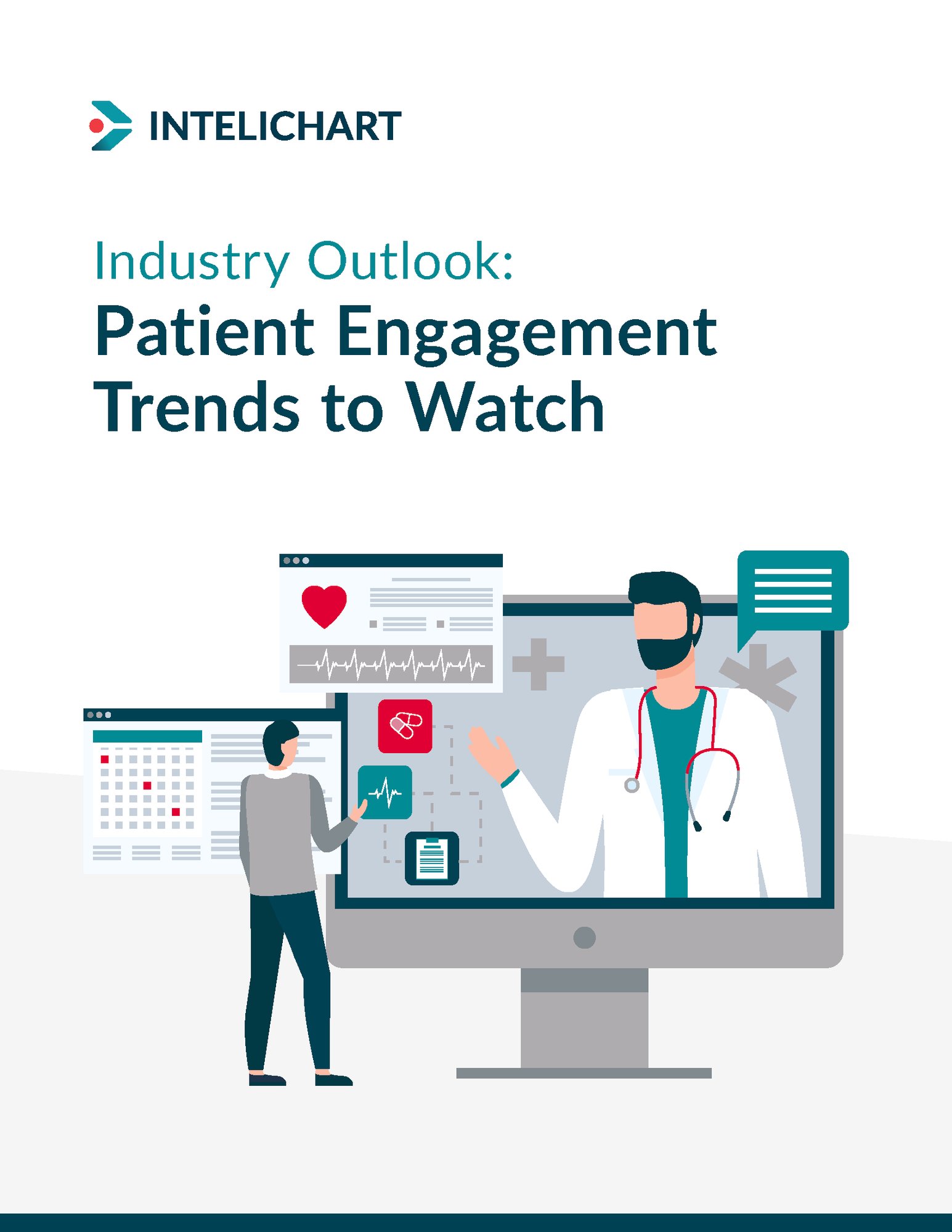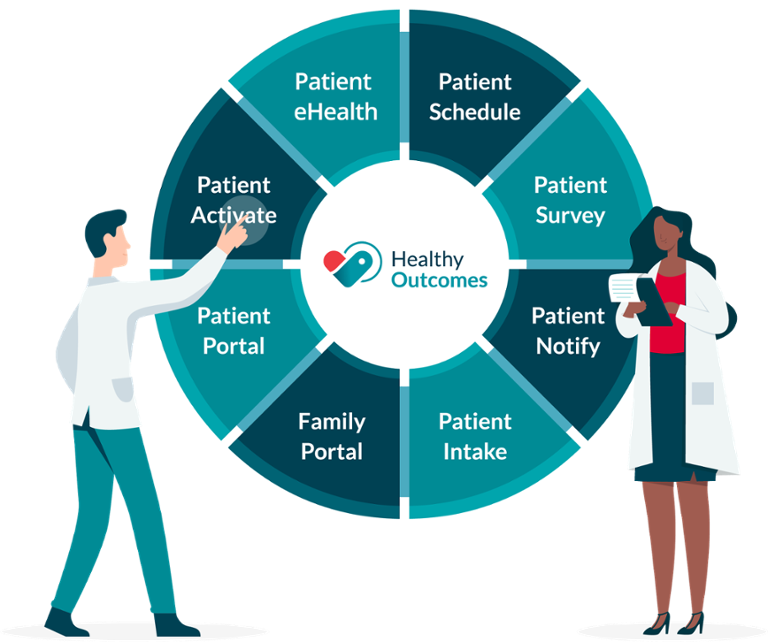Chapter 5
Telehealth is Here to Stay
Patient engagement trend #5: Virtual visit demand will stabilize.
Many patients and providers would agree that a benefit of the pandemic was the increased availability and adoption of telehealth visits. In fact, 60% of providers agreed that telehealth allowed them to deliver high quality care.
Before COVID-19, telehealth was on the radar for many, but not an immediate need, and not fully utilized if it was available. For example, Johns Hopkins saw only a few dozen patients virtually per day before the pandemic. In contrast, they conducted about 5,500 visits per day during the pandemic, and their CEO anticipates that up to 30% of visits will be online after COVID-19 abates.
If the long-term effects of COVID-19 fuels the use of remote monitoring as the Forrester study about RPM suggests, it stands to reason that virtual visits will be used for some of the check-in appointments to monitor these patients.
In addition, the proliferation of home health tests, encompassing a range of conditions including COVID-19, urinary tract infections, cholesterol, and sexually transmitted diseases will likely result in virtual visit requests by patients.
Congress has recently acknowledged the convenience and popularity of telehealth by extending Medicare virtual visit benefits put in place during the pandemic for two years. The motivation behind this move isn’t purely to meet consumer demands. Older populations stand to benefit from the improved access to care that telehealth provides.
According to Gary Hamilton, CEO of InteliChart, “When talking about chronic disease and chronic populations, there are a lot of factors that must be considered. Being able to provide telehealth (means) you’re more likely to have a patient adhere to prescribed care.” And healthier patients result in lower costs.
How to get ahead of the trend:
Formally integrate virtual visits into your clinical workflows
A successful telehealth program begins with the right technology. During the pandemic, many providers turned to the most convenient virtual visit solution at the time so they could deliver care quickly. Now that COVID-19 is coming to a close, the solution that was right then may not be the solution that will fit your organization’s needs of the future.
Evaluate if your virtual visit solution is the best choice moving forward. Consider functionalities such as:
- Customizable dashboards to help providers and staff work more efficiently
- Integration with other patient engagement tools, such as patient intake, to streamline workflows
- The ability to mimic in-person visits with staff check-in and hand-off to a provider, to allow the provider to concentrate on care and not administrative tasks
After you are confident in your technology, consult with your organization’s stakeholders to evaluate where virtual visits are most useful and build a program to integrate them into clinical workflows and set goals. For example, if you determine virtual visits are suitable for medication monitoring, set a target to achieve a certain percentage of follow-up medication monitoring virtual visits.
Not only are virtual visits convenient for patients, but they are cost-effective for providers. Migrating a percentage of encounters to virtual visits can save labor and reduce overhead costs while improving health outcomes.
The virtual visit solution you chose during the pandemic may not meet your needs of the future.





